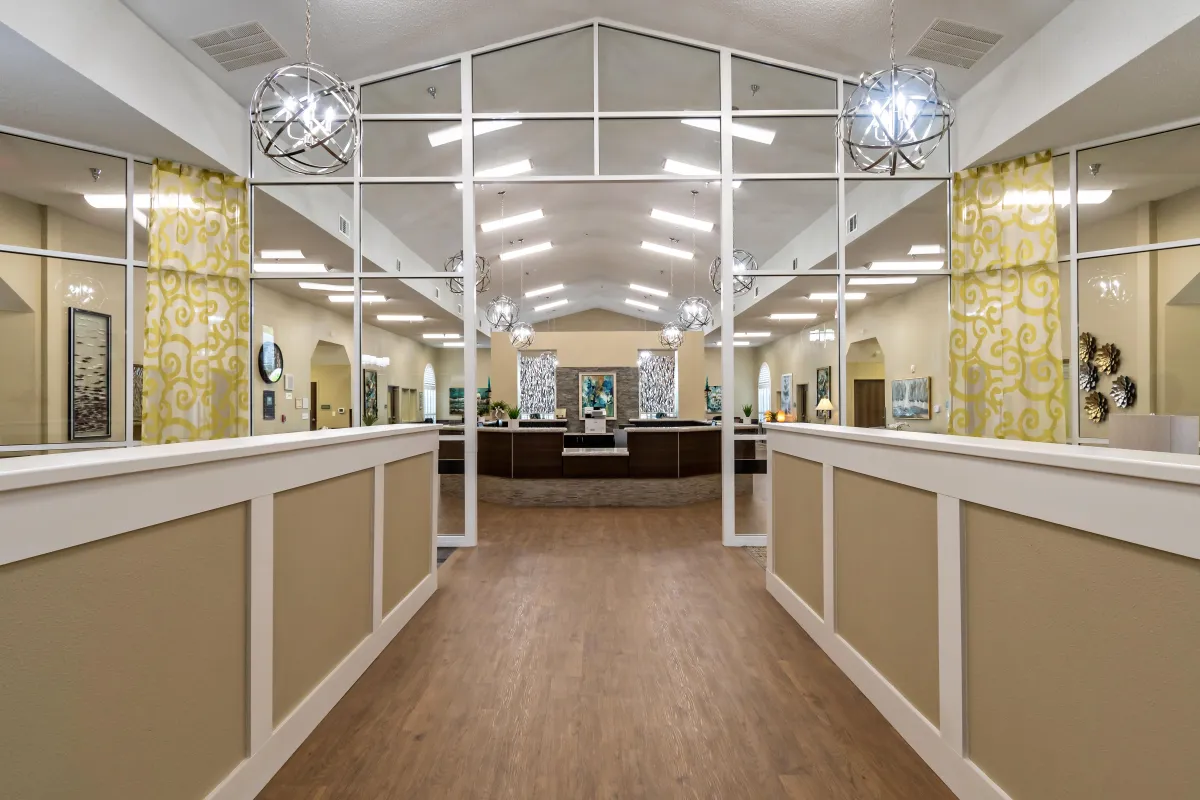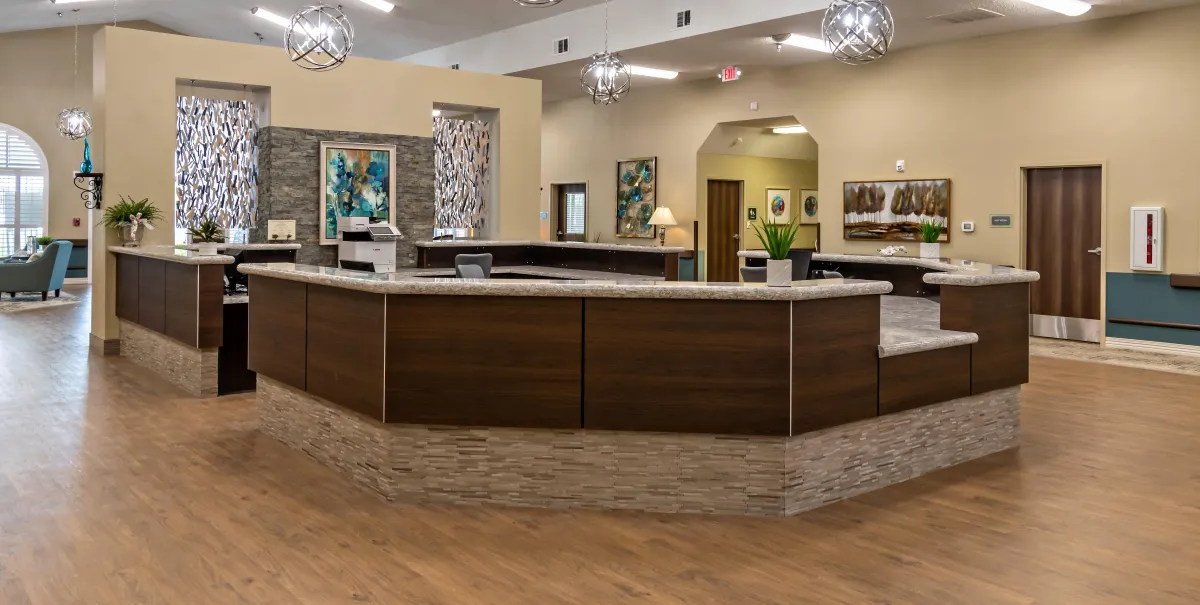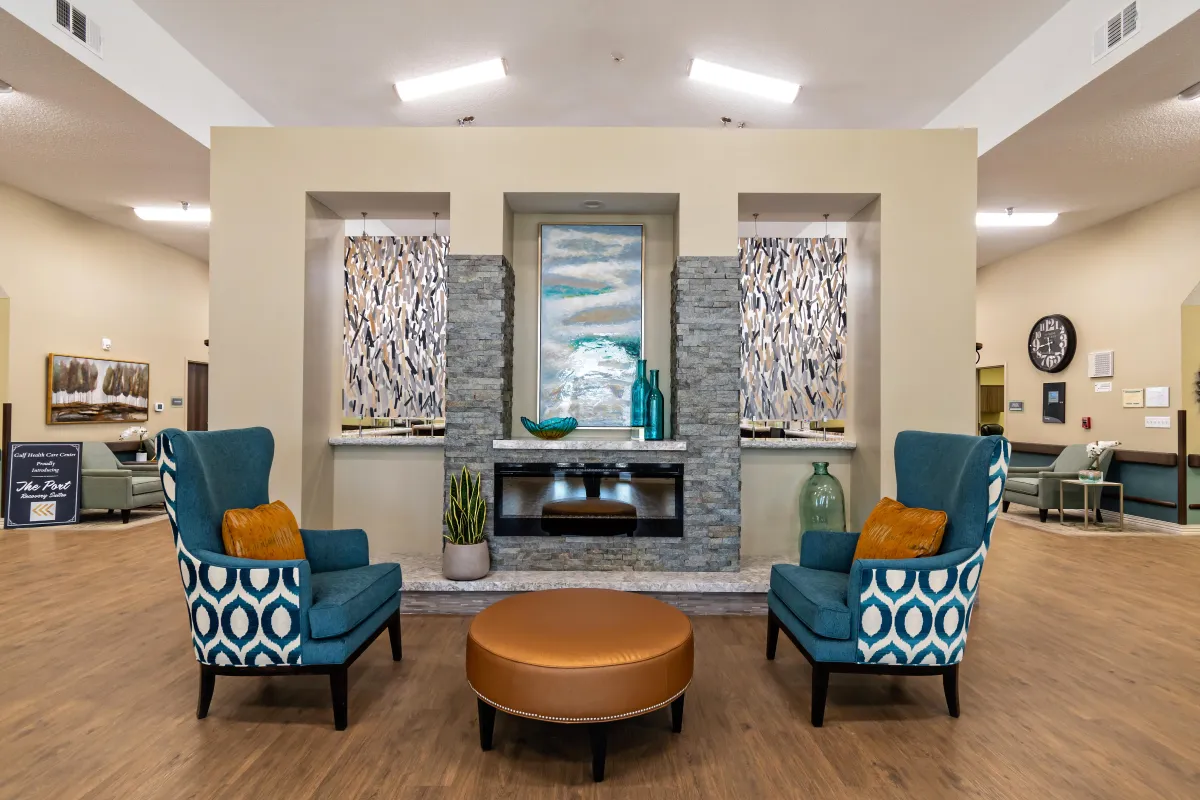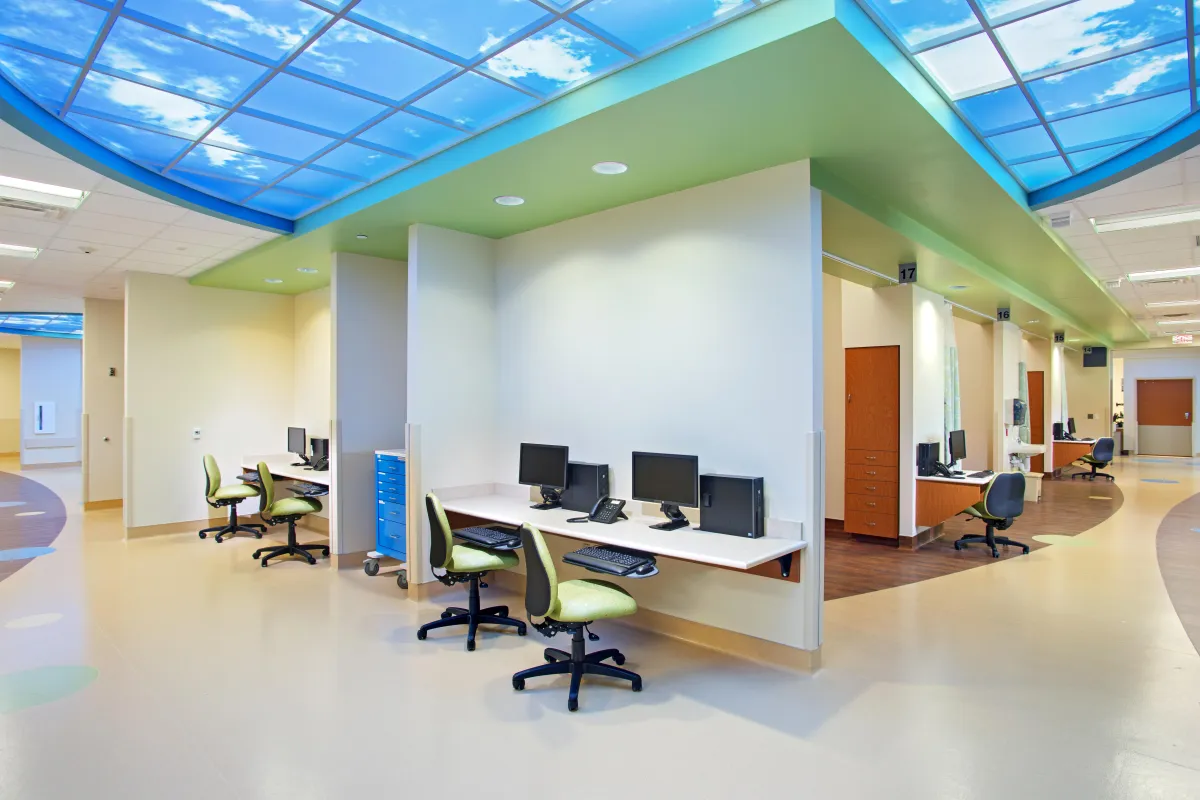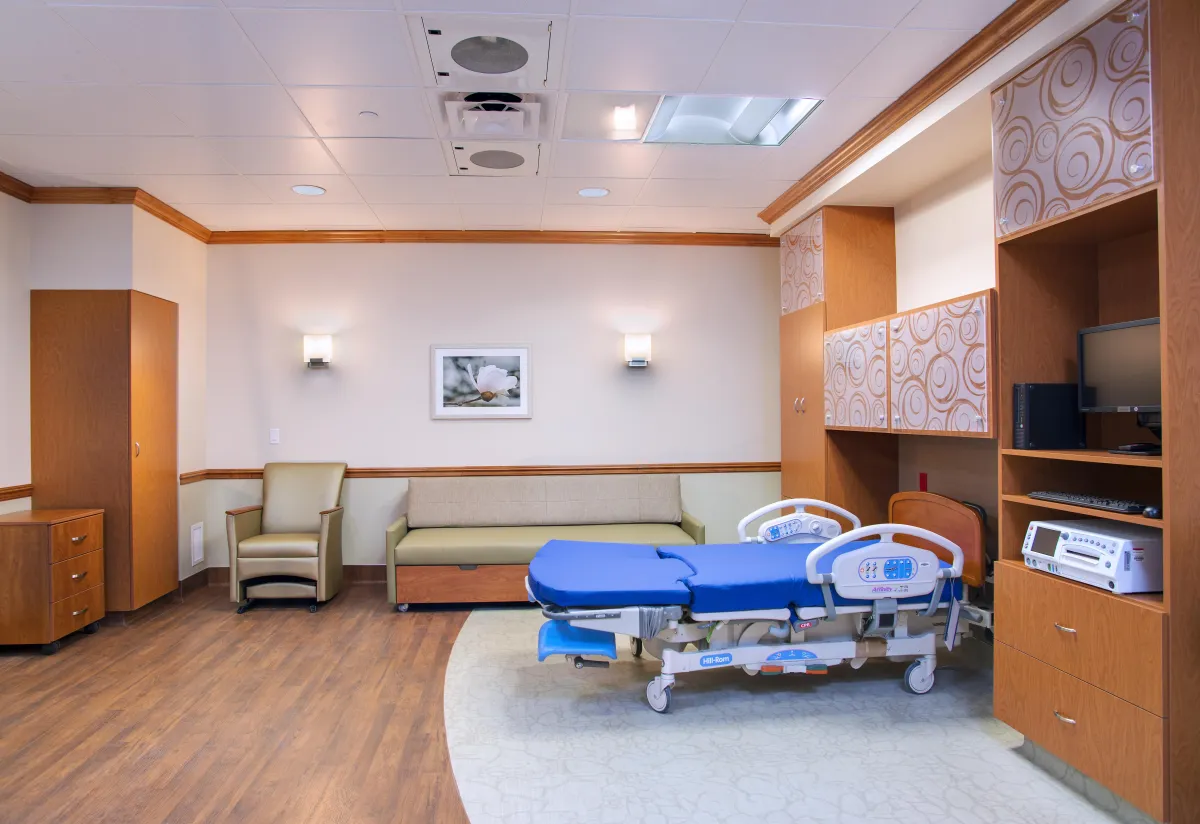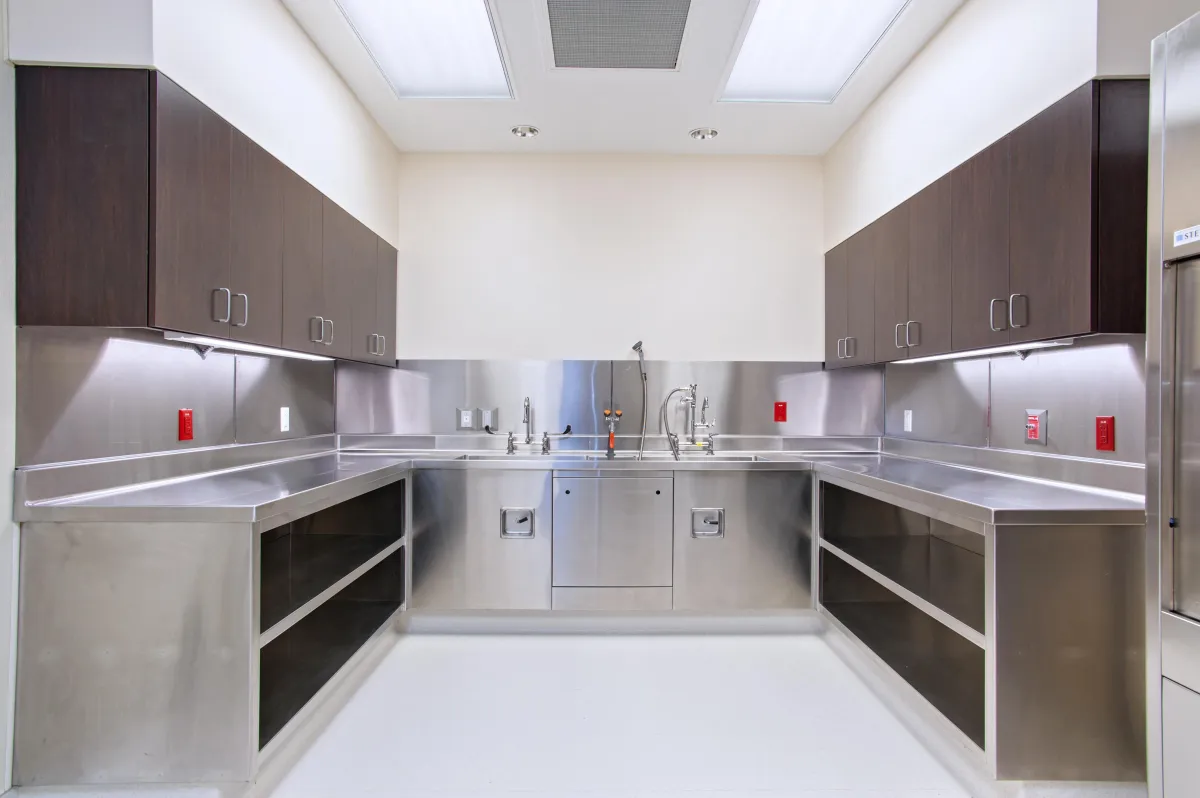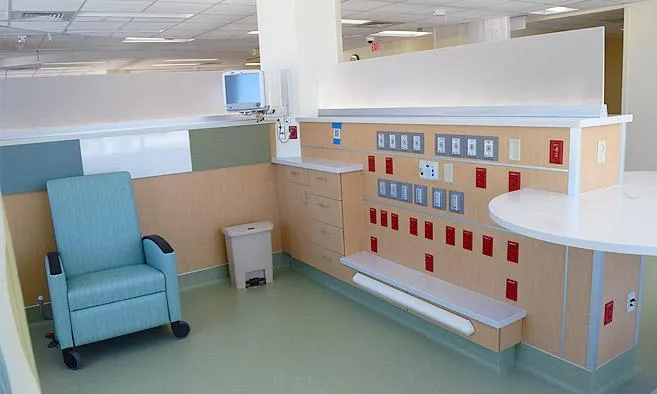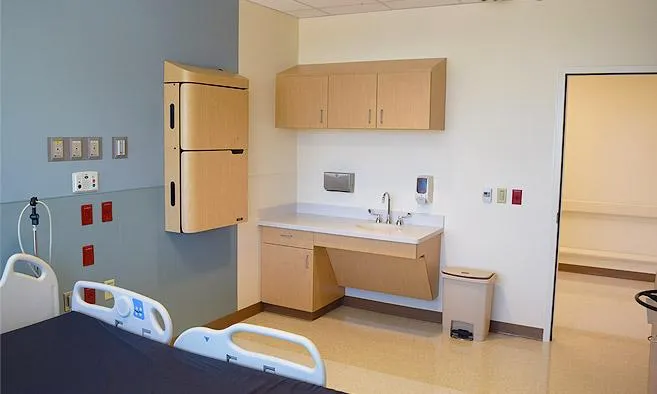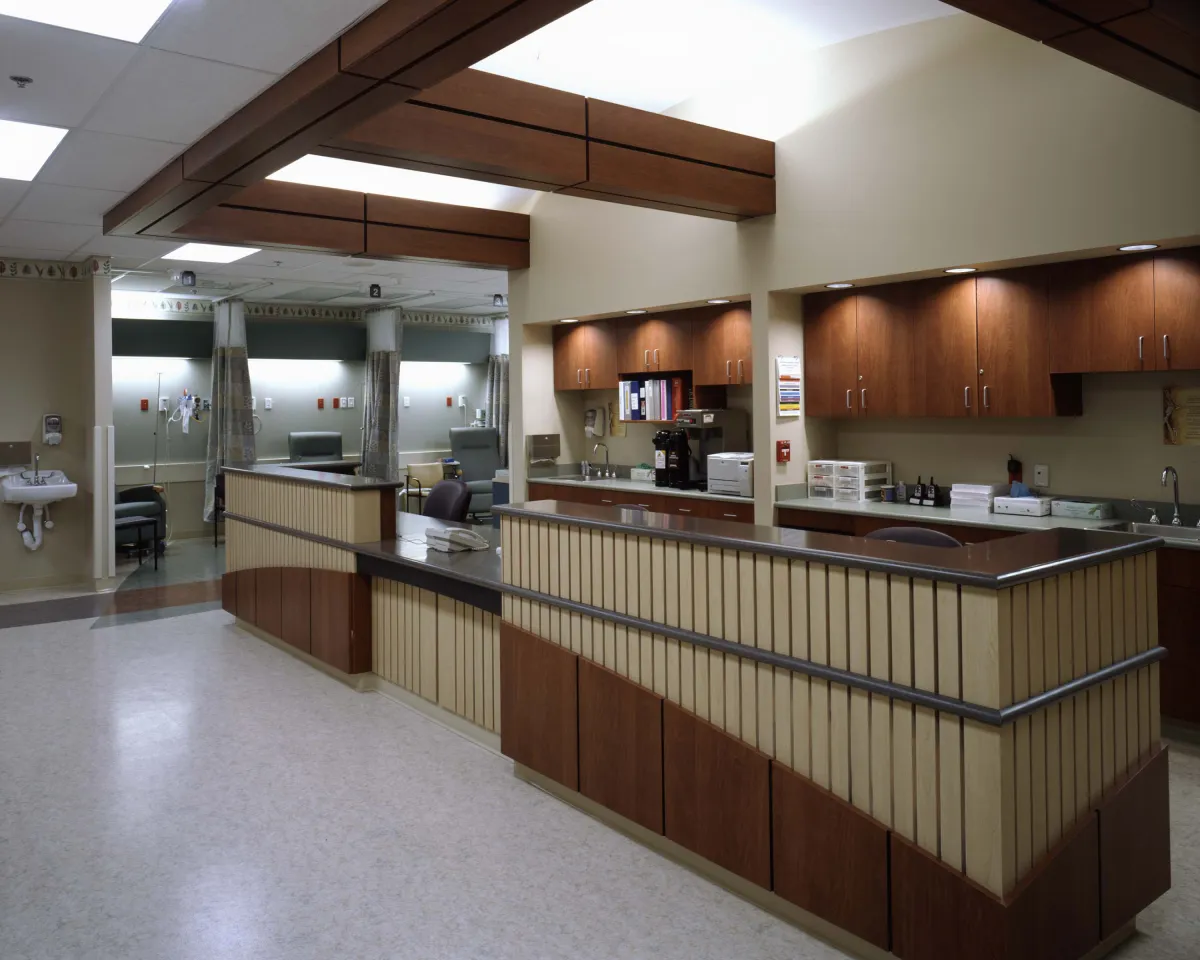Experience
the Difference
From a humble two-man workshop behind a family home
to a national leader in precision casework and millwork,
CCI Group's legacy is one of craftsmanship, innovation, and
trust. We don’t just build cabinets—we build environments
where healing, learning, and thriving happen every day.
Customer Focused
With roots dating back to 1982, CCI Group has evolved from custom cabinetry to a full-spectrum provider of architectural millwork and modular casework solutions. Our mission is clear: transform spaces by blending precision engineering with purpose-driven design. Every healthcare suite or retail display we craft is a testament to our client-first approach.


COMPANY
CONTACT
LEGAL
Copyright 2025. CCI Group. All Rights Reserved.


